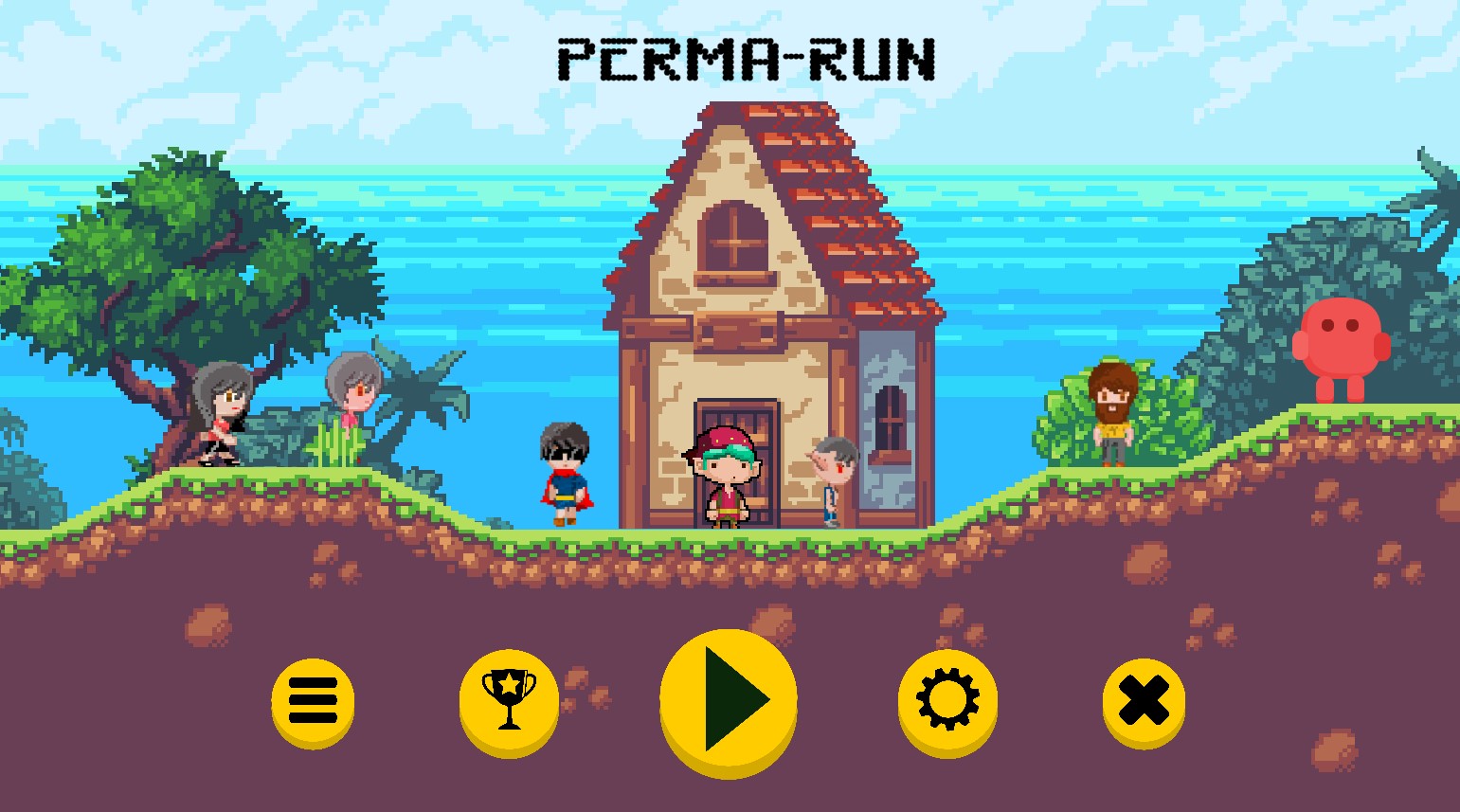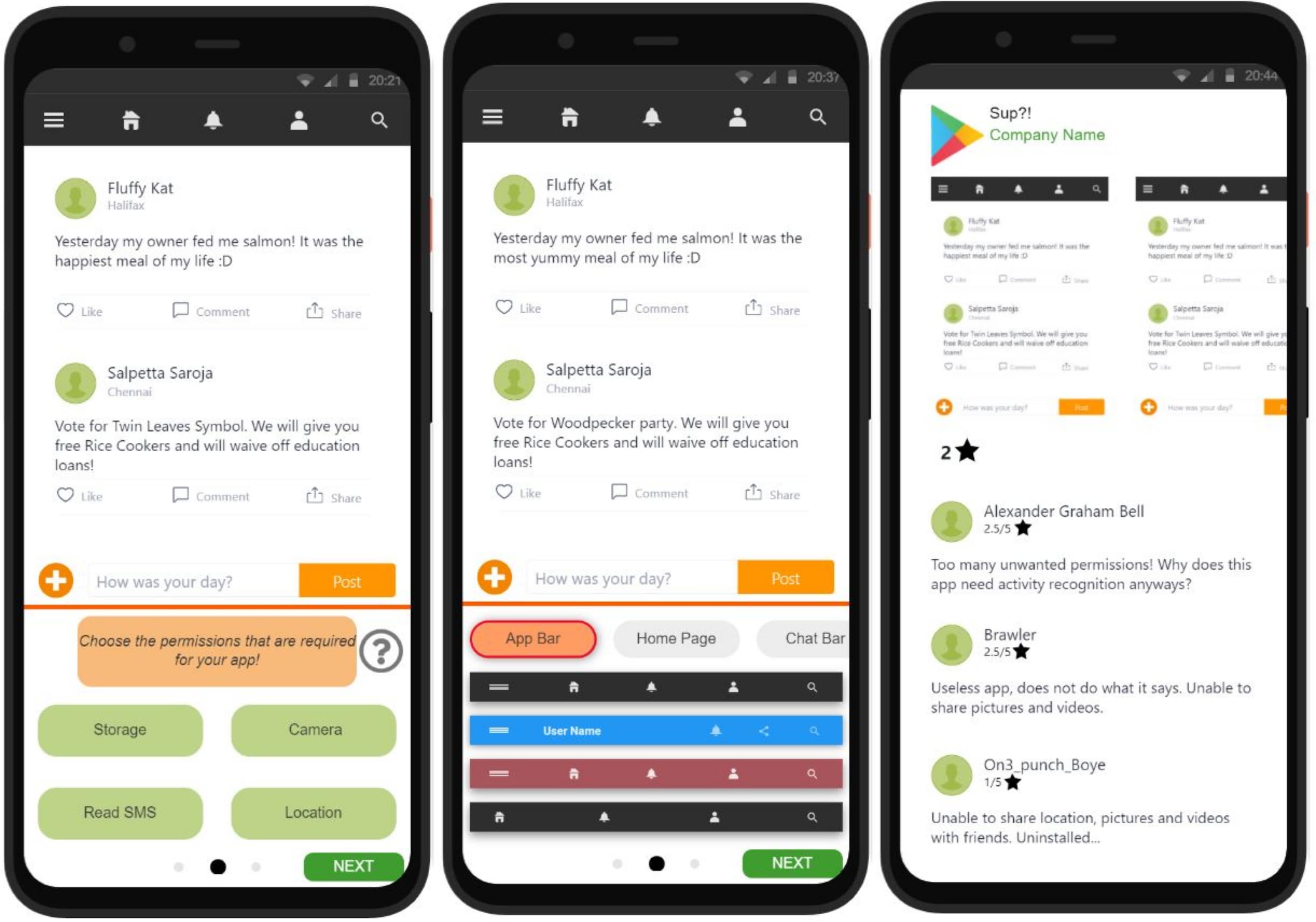PERMA-RUN: Design Phase
Introduction
From the secondary research, I discovered that smartphone security awareness among users was low whereas, only a handful number of interventions existed that covered select security scenarios. I saw this as an opportunity to introduce various smartphone security scenarios. Hence, I decided to design a game to improve user awareness about smartphone security.
Background Research
- With the insights gathered from the secondary research (literature review), I collated 12 common smartphone security issues faced by users using an Affinity Diagram. Later, I started brainstorming various persuasive game prototypes to educate users about these common smartphone security issues.
- I designed three game prototypes in a rapid iterative manner with initial feedback from subject matter experts (Workshop sessions). I selected three popular retro game designs and followed B.J.Fogg's 8-step design process and the PSD Framework to design the persuasive games.
Design-1: 2D- Isometric RPG
Role-Playing Games (RPG) are a popular choice for serious game designs. RPG's provide the players with the flexibility to interact with objects within the gameworld that mimic real-world objects. This design gives the flexibility to gamify nearly any real-world security issue to educate the users. On the contrary, it takes time to develop a good RPG.
Design-1: 2D- Isometric RPG
- This design was inspired by games like Pokemon (Gameboy version) and Indiana Jones. The key advantages of RPG games are quests (or missions), players' ability to interact with game objects that mimic real-world objects, and conversations with Non-playable characters (NPC) that are embedded in the gameplay.
- This game design gives the flexibility to gamify nearly any real-world security issue to educate the users in a contextual manner. Existing serious games for cybersecurity use RPG games to train professionals and educate students. On the contrary, it takes a time for a solo developer to develop a good RPG.
RPG Prototype
- After brainstorming and trying out various sketches on the whiteboard, I developed a working prototype to simulate the core narrative, interactions and a few security scenarios as shown above. The player has to help the NPC's in a town with their smartphone issues (quests) and solve the problems successfully.
- Tools Used for Prototyping: Unity, Proto.io & Inkscape. I used third party assets from the Unity asset store for designing the prototypes.

Design-2: 2-D Platformer
The 2D Platformer is another popular genre among indie game developers. This is a common genre that has been around for a long time and, nearly any user would be able to play the game without a tutorial. After estimating the time I had for development and research, I decided to proceed with this design for my research and called it PERMA-RUN.
PERMA-RUN
- I designed the initial prototype using Proto.io and Unity Game Engine. Later, I developed the game using Unity Game Engine and used Inkscape for designing some game assets/objects.
- To make the game more interesting, I designed the game according to the level design patterns collated by Khalifa et al. and added a contextual narrative to support the gameplay.
PERMA-RUN: PROTOTYPE
MENU
Instructions
Game-Screen
Checkpoint
Password-Scenario
Reference
End Game
Quiz
Feedback
Feedback
Quiz
Praise
Leaderboard
- In each level, the player must collect appropriate app permissions (in-game collectibles, similar to the coins in Mario) according to the app features presented to them before each level. Feedback is provided based on the type of permission collected by the player.
- Apart from smartphone permissions, I identified various security scenarios from the literature review and gamified them as trivia questions. I intertwined these features with an interesting narrative. The retro game design was inspired by MegaMan, Super-Mario and Captain Claw.

Design-3: Cook-App!
This design is similar to the popular cooking game genre in which players put the ingredients together to cook a dish. This inspired me to design a game with similar mechanics where the players must create an app with appropriate features according to the scenario given to them.
Cook-App!
- For each feature, the players must design an app with the preset materials given to them. They must create an app according to the app's functionality.
- Players must match each feature of the app with appropriate smartphone permissions and must select a relevant End-User Licence Agreement (EULA) template.
- The app would be published in a simulated Appstore where feedback is provided in the form of user reviews, based on how the app might handle users' personal data.